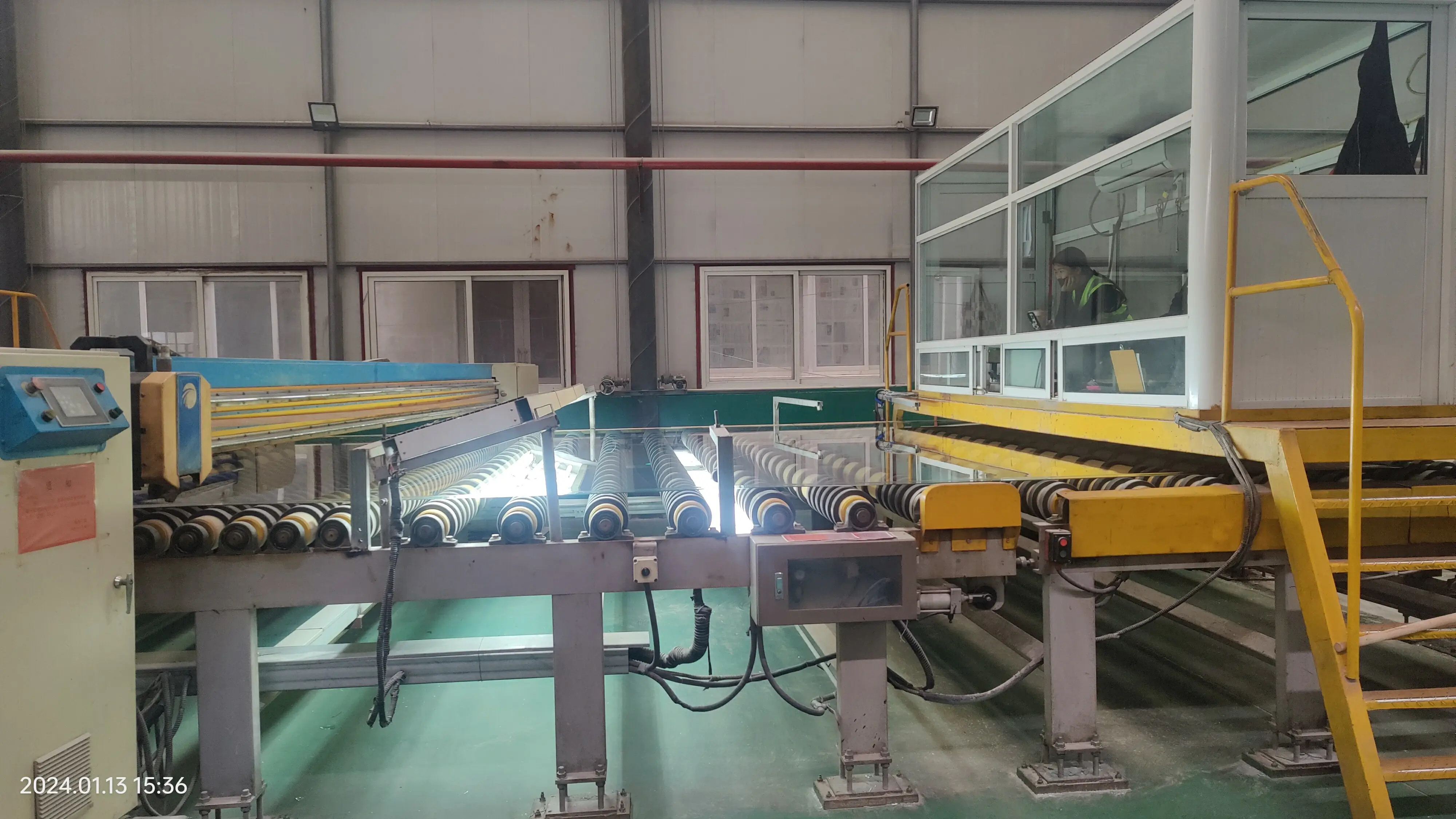

The Benefits and Applications of Reflective Laminated Glass
Reflective laminated glass is a remarkable innovation that combines the benefits of reflective coatings with the safety and acoustic insulation properties of laminated glass. This type of glass not only enhances the aesthetic appeal of buildings but also provides functional advantages that make it a popular choice in modern architectural design. In this article, we will explore the features, benefits, and applications of reflective laminated glass.
Understanding Reflective Laminated Glass
Reflective laminated glass consists of two or more glass layers, bonded together with a layer of resin or interlayer. The reflective coating is typically applied to one side of the outer layer of glass. This coating serves various purposes, from reducing solar heat gain to enhancing privacy while allowing natural light to enter interior spaces. The lamination process not only improves the glass's strength but also enhances its safety; if shattered, the glass fragments adhere to the interlayer, significantly reducing the risk of injury.
Benefits of Reflective Laminated Glass
1. Energy Efficiency One of the most significant advantages of reflective laminated glass is its ability to reduce energy consumption. The reflective surface minimizes solar heat gain, which can lead to lower cooling costs in buildings. In regions with high temperatures, this feature is particularly valuable, as it helps maintain comfortable indoor environments while reducing reliance on air conditioning systems.
2. Enhanced Privacy The reflective coating provides a degree of privacy during the day, making it difficult for people outside to see into the building. This feature is ideal for commercial structures such as offices or hotels located in busy urban areas, allowing occupants to enjoy their spaces without the worry of prying eyes.

3. Safety and Security The laminated structure of the glass provides added security against break-ins. The multi-layered design makes it difficult for intruders to penetrate the glass quickly. Moreover, in the event of an impact, the glass is less likely to shatter, thus protecting occupants from potential injuries caused by flying glass shards.
4. Noise Reduction Reflective laminated glass also excels in acoustic insulation. The laminated layers help to dampen sound, making it an excellent choice for buildings located in noisy environments. This feature is particularly beneficial for residential properties near busy roads or commercial areas, ensuring a quieter and more comfortable living or working space.
5. Aesthetic Appeal Beyond its functional benefits, reflective laminated glass offers aesthetic versatility. With a variety of colors and reflective finishes available, architects and designers can achieve unique and striking visual effects that enhance the overall design of a building. This adaptability allows for creative expression while still meeting practical needs.
Applications of Reflective Laminated Glass
Reflective laminated glass is widely used in various architectural applications. Here are some common scenarios where it proves particularly beneficial
- Commercial Buildings Reflective laminated glass is often employed in office towers, shopping malls, and hotels to create an impressive façade that stands out while providing energy efficiency and comfort for occupants. - Residential Properties Homeowners seeking to increase energy efficiency and privacy may opt for reflective laminated glass in windows or patio doors, enhancing both comfort and style. - Curtain Walls In modern architecture, curtain walls made with reflective laminated glass are popular due to their sleek appearance and performance advantages, allowing for expansive views without compromising building energy demands. - Skylights and Canopies The use of reflective laminated glass in skylights and canopies allows for natural light to penetrate while controlling heat gain, contributing to energy savings and maintaining a pleasant indoor climate.
In conclusion, reflective laminated glass is an advanced material that offers numerous benefits, from energy efficiency and safety to aesthetic appeal. Its diverse applications in both commercial and residential buildings make it a desirable choice for architects and builders aiming to create functional yet visually appealing spaces. As the demand for energy-efficient and sustainable building materials continues to grow, reflective laminated glass stands out as a proven solution in modern construction.